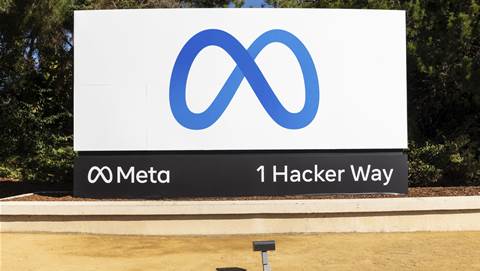
The scientific and engineering researchers will use a prototype of IBM's BladeCenter QS20 system, which incorporates Cell Broadband Engine (Cell BE) processors, to handle complex bioinformatics, molecular modelling and engineering programs.
"We are early adopters of the IBM Cell BE system because it has the potential to give us significantly improved performance, take up less space and consume less power," said Terry Hewitt, director of research computing at Manchester University.
"We are currently looking at migrating the range of our scientific applications, including bio-informatics, molecular modelling and engineering, onto the systems to dramatically improve performance while reducing the costs of supercomputing."
The Cell BE was originally developed by IBM, Sony and Toshiba for use in game consoles. The IBM BladeCenter QS20 system relies on the Cell BE processor to accelerate intense workloads associated with other specific industry needs.
These include 3D animation rendering, compression, encryption and seismic and medical imaging to help companies create and run highly visual, immersive and real-time applications.
Manchester University signed an official memorandum of understanding with IBM in November 2005, forging a partnership across research, teaching and recruitment.
The agreement also marked the creation of the IBM-Manchester Partners Programme to identify key staff to partner with IBM on future opportunities for collaborative research.






 iTnews Executive Retreat - Security Leaders Edition
iTnews Executive Retreat - Security Leaders Edition











_(1).jpg&h=140&w=231&c=1&s=0)



